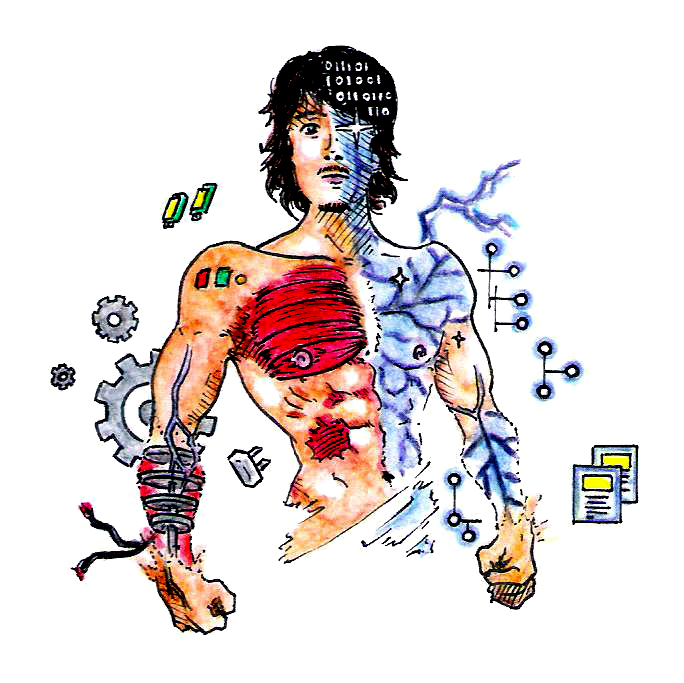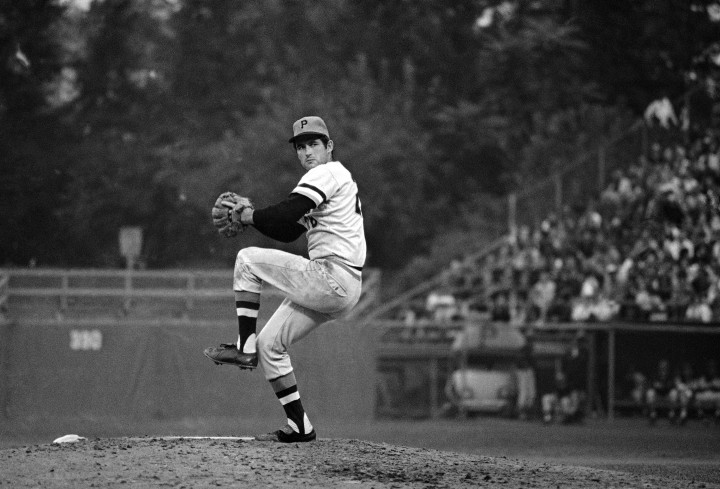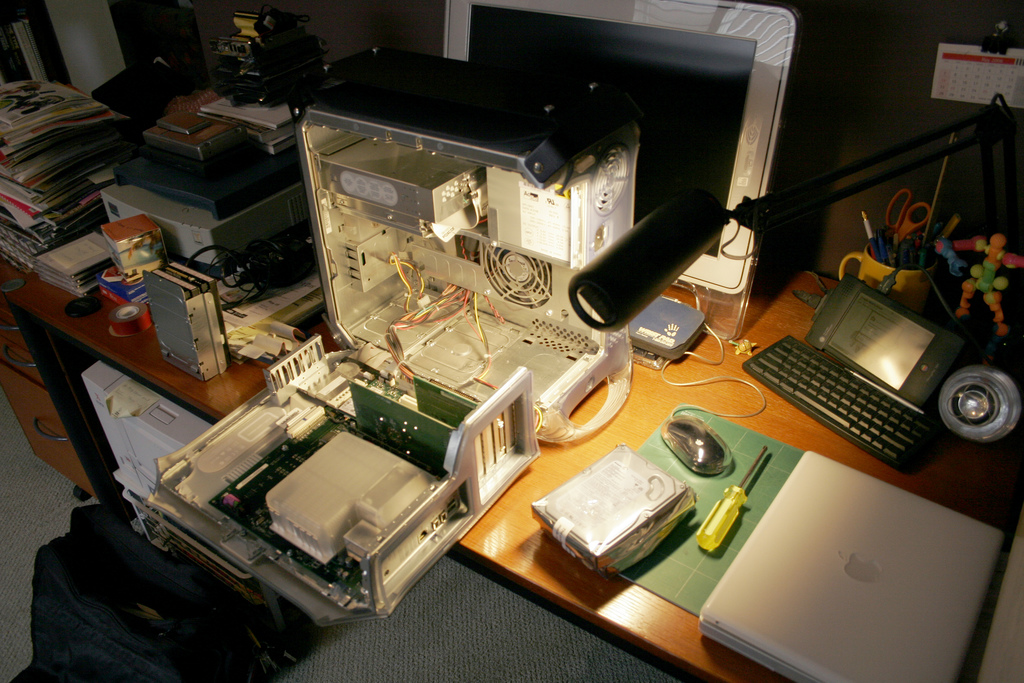1. Steve Blass won a career-high 19 games in 1972. He was a Jedi on the mound, and amassed an eventual resume that housed not only a World Series MVP nomination, but also an All Star appearance. Yes, things looked bright for Blass in 1972. But they faded to black just one year later in 1973 when Blass [...]

1.
Steve Blass won a career-high 19 games in 1972. He was a Jedi on the mound, and amassed an eventual resume that housed not only a World Series MVP nomination, but also an All Star appearance.
Yes, things looked bright for Blass in 1972.
But they faded to black just one year later in 1973 when Blass suffered a career-ending injury that was unlike any other. There was no blown out knee. No bad back. No rotator-cuff tear. In fact, there was no physical trauma.
Malcolm Gladwell, in Outliers, writes that it takes about 10,000 hours of deliberate practice to build expertise. It’d take 27 years practicing one hour every day to reach 10,000 hours, which is why the heuristic has doubters.
Although the amount of practice needed to become an expert is debated, none argue that more perfect practice builds less expertise. But after a lifetime of baseball and nearly ten years in the MLB, Blass became the poster boy for this paradox.
In 1973, just one year after his career-high 19 win season, the unthinkable happened.
Blass forgot how to throw a strike.
2.
In 1974, Tommy John was on his way to an All Star season as an MLB pitcher. With a record of 13-3, John was another Jedi on the mound. But in Blass-like fashion, lightness became darkness when John suffered an apparent career-ending injury.
The total-body-whip motion of throwing jolts violent force through the body from head to toe. Combined with throwing hard, pitchers also jerk their wrist upon release to put spin the ball. This marriage wreaks havoc on the elbow’s ulner collateral ligament, but gives rise to curveballs, sinkerballs, slurves, and all sorts of ball trajectories that give the pitcher the upper hand.
Just like a secretary flirts with carpal tunnel syndrome, pro pitchers flirt with elbow injuries from repetitive stress. Building a stout ulner collateral ligament is a fine balance between stress and recovery. And the length of a 162 game season combined with the unpredictability of human flesh make this balancing act a crap-shoot.
Just 13 wins into the 1974 season, John’s elbow tapped out. Much like Blass, John went from nearly unbeatable to nearly un-repairable. Without a healthy ulner collateral ligament, he was missing a necessary piece of the anatomical pitching puzzle.
But there was a speckle of hope for John. He was a computer with a severed USB cable running to his keyboard. If he could find a new cable, he’d be back to his old-self.
But Blass?
He was doomed.
3.
Using a chunk of tendon from John’s forearm, surgeons reconstructed his ulner collateral ligament. And with his refurbished hardware, John plotted a comeback. He worked with a teammate to change his throwing mechanics, and he shocked baseball when he put up a 10-10 record in his returning 1976 season.
But John wasn’t done.
He went on to win 164 games post-surgery, adding to his previous 124 wins. His 288 total wins landed him one shy of Sandy Koufax — often considered one of the greatest pitchers in MLB history.
Koufax would have amassed even more wins, but he was forced into an early retirement because of—you guessed it—elbow problems.
4.
Tommy John’s surgery is a thing of baseball legend, but not of baseball past. Both the surgery and the recovery have become a refined process since John’s day in 1974.
Almost too refined.
The list of pitchers that have their god gifted ulner collateral ligament shortens as years pass. There’s little fuss with the diagnosis. Get the surgery, sit out one year, come back like nothing happened. Some even become better pitchers after the surgery.
Such is the nature of hardware. When your dog chews your USB cable in half, you simply get a new one. Maybe even a better one.
But the story of shattered software isn’t so smooth.
5.
It’s October 2014, and I’m faced with the absurd fear of a doing a backflip. Being afraid of flipping backwards isn’t something I’d normally consider absurd. But I first learned the backflip in 2004. I even did a backflip in my high-school senior psychology class for extra credit.
So, yeah, absurd.
But I haven’t done a backflip since “the incident” in January 2011, and butterflies now flow through my blood. I whisper to myself as I paw the ground. You’re all Blass right now, kid.

The tangible exterior bits always steal attention when it comes to the physical. We see bodies. We see those same bodies in motion. Parallels are drawn. Look at those arms, I bet he can lift a lot.
“If I want to do those things, I need that kind of body.”
That kind of body is the same thing as that kind of hardware. And hardware is nothing more than an arranged pile of physical scraps. It serves no purpose. Has no function. It exists solely to take up space.
Unless you have the right software.
7.
Baseball organizations aren’t afraid to admit that their All Star pitcher needs Tommy John’s surgery anymore because there’s usually a rah-rah! happy ending. But in dark corners, where only whispers exist, you can find “Steve Blass disease.”
The “diagnosis” is applied to talented players who inexplicably and permanently seem to lose their ability to throw a baseball accurately. [1]
Unlike Tommy John’s surgery, there’s no quick fix for Steve Blass disease. No surgery. No tissue grafting. No mechanical makeover.
Nada.
Mutations of Steve Blass disease strike baseball players — single moment brain farts. A hitter barely makes contact with a pitch and the ball dribbles to the pitcher. When fielding the ball and trying to throw a lazy lob to the first baseman, the ball somehow ends up in the stands in the hands of a fan.
“He had too much time to think about it,” the announcer says. And yet, just two seconds prior, the pitcher threw a 90-mile-per-hour rifle into a one foot window that’s 60-feet 6-inches away from the mound.
“Blass moments” on such a finite scale aren’t hardware farts. There’s no broken bones, torn ligaments, or sore muscles.
They’re software malfunctions.
Descartes stuck his neck out and said, “I think, therefore I am.” But Descartes was wrong.
Your body influences your mind. Force yourself to smile, your body will start to believe it should be happy and you’ll change as if you were happy.
Your mind influences your body. Think about the crush of your life. Naked. You know what kind of changes take place.
We exist in a hyper physical space. We admire muscle. We observe graceful athletic practices. But is the hardware the beginning? Or the end?

5.
The hardware trap is easy to fall into. My genetics aren’t good. I have small bones. I can’t jump high enough. I’m tight. Inflexible. Hardware, hardware, hardware.
It’s easy to fall on the opposite end, too. If I can only jump higher I could backflip. If Blass and I were computers, we’d have monster hardware. I can jump anywhere from 30” to 40” pending the season. (The Internet tell me the average vertical leap among NBA players is 28″ just for perspective.)
But what happens when the focus shifts to the software?
My effort isn’t good. My dedication is lacking. I don’t have the focus. Or consistency. I don’t understand the skill. I’m afraid. Scared.
The truth about the backflip goes down about as easy as Natty Light beer. If you can jump 10-inches in the air, you can backflip. This is all the hardware you need. After you get your momentum going up, it’s all about the programming—kinesthetic awareness, spatial awareness, the software.
What about eating real food? Your hardware isn’t the holdup. Your jaw, teeth, and digestive track can handle vegetables, fruits, and meats. But what is your software is programmed to reach for?
6.
An important person in my life once said, “The mind is a circuit breaker for the body.” When the circuit trips, everything it commands dies. There is no mind-body dichotomy. Physical change is mental change; mental change is physical change.
Want physical change? Learning how muscles and bones articulate? How nerves innervate? And the rest of the ooey gooey guts and bolts squishing around under your flesh in the name of looking well built and championing your body through space in an attempt to pwn gravity?
Then don’t forget about your brain.
As Thoreau said:
“To be a philosopher is not merely to have subtle thoughts, nor even to found a school . . . it is to solve some of the problems of life, not only theoretically, but practically.”
How does the brain work? How do you make decisions? How do you learn? What’s your philosophy of life? How are you going to deal with injuries? Progress? Being consistent?
Because if your hardware fails, you can find a way if you have adequate software.
Just ask Tommy John.
But when your software fails?
Just ask Steve Blass.
+++++
[IMG] computer